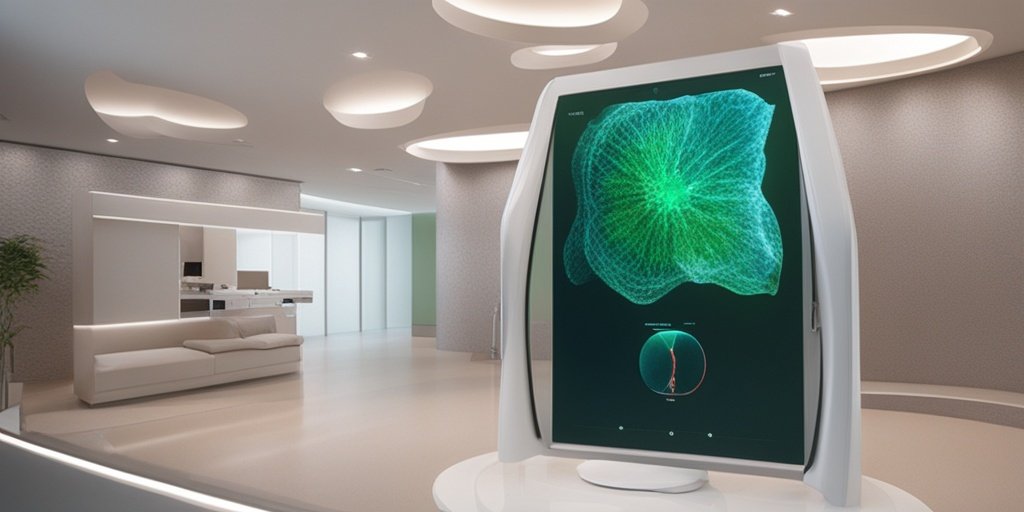⚡ Quick Summary
The study introduces DERM12345, a comprehensive dataset of 12,345 dermatoscopic images featuring 40 subclasses of skin lesions. This dataset aims to enhance the artificial intelligence-based detection of skin cancer and improve diagnostic accuracy.
🔍 Key Details
- 📊 Dataset Size: 12,345 dermatoscopic images
- 🌈 Subclasses: 40 subclasses of skin lesions
- 🌍 Location: Collected in Turkiye, representing diverse skin types
- 🧑⚕️ Expert Annotations: Each image is annotated by specialists
- 📚 Structure: 5 super classes, 15 main classes, and 40 subclasses
🔑 Key Takeaways
- 📊 Comprehensive Dataset: DERM12345 is one of the largest datasets available for skin lesion analysis.
- 💡 Enhanced Research: The dataset supports targeted research endeavors in dermatology.
- 👩🔬 Expert Input: High-resolution images come with expert annotations, ensuring reliability.
- 🌍 Diverse Representation: The dataset captures various skin types, crucial for accurate AI training.
- 🔍 Improved Diagnostics: Aims to reduce false predictions in skin cancer detection.
- 📈 Future Applications: Potential for advancements in medical education and AI-based diagnostic tools.

📚 Background
Skin lesions are critical indicators of various dermatological conditions, including skin cancer. The development of effective diagnostic tools relies heavily on the availability of extensive and diverse datasets. However, existing datasets often lack comprehensive subclassifications, leading to challenges in accurate diagnosis and treatment planning. The introduction of DERM12345 addresses this gap by providing a robust resource for researchers and clinicians alike.
🗒️ Study
The study conducted in Turkiye focused on compiling a large and diverse dataset of dermatoscopic images. Researchers collected 12,345 images across 40 subclasses of skin lesions, ensuring that each image was accompanied by expert annotations. This meticulous approach not only enhances the dataset’s reliability but also facilitates targeted research in dermatology.
📈 Results
The DERM12345 dataset stands out due to its extensive structure, comprising 5 super classes, 15 main classes, and 40 subclasses. This organization allows for detailed analysis and targeted research, paving the way for improved understanding and detection of skin lesions. The high-resolution images and expert annotations provide a solid foundation for future studies and AI model training.
🌍 Impact and Implications
The introduction of the DERM12345 dataset has significant implications for the field of dermatology. By providing a comprehensive resource for researchers and clinicians, it enhances the potential for artificial intelligence to improve early detection of skin cancer. This dataset not only aids in treatment planning but also contributes to medical education, ultimately leading to better patient outcomes and advancements in dermatological research.
🔮 Conclusion
The DERM12345 dataset represents a major step forward in the quest for improved diagnostic tools in dermatology. With its extensive collection of high-resolution images and expert annotations, it holds the promise of enhancing the accuracy of AI-based skin cancer detection. As research continues to evolve, the integration of such datasets will be crucial in shaping the future of dermatological care and education.
💬 Your comments
What are your thoughts on the significance of the DERM12345 dataset for dermatology and AI? We invite you to share your insights! 💬 Leave your comments below or connect with us on social media:
DERM12345: A Large, Multisource Dermatoscopic Skin Lesion Dataset with 40 Subclasses.
Abstract
Skin lesion datasets provide essential information for understanding various skin conditions and developing effective diagnostic tools. They aid the artificial intelligence-based early detection of skin cancer, facilitate treatment planning, and contribute to medical education and research. Published large datasets have partially coverage the subclassifications of the skin lesions. This limitation highlights the need for more expansive and varied datasets to reduce false predictions and help improve the failure analysis for skin lesions. This study presents a diverse dataset comprising 12,345 dermatoscopic images with 40 subclasses of skin lesions, collected in Turkiye, which comprises different skin types in the transition zone between Europe and Asia. Each subgroup contains high-resolution images and expert annotations, providing a strong and reliable basis for future research. The detailed analysis of each subgroup provided in this study facilitates targeted research endeavors and enhances the depth of understanding regarding the skin lesions. This dataset distinguishes itself through a diverse structure with its 5 super classes, 15 main classes, 40 subclasses and 12,345 high-resolution dermatoscopic images.
Author: [‘Yilmaz A’, ‘Yasar SP’, ‘Gencoglan G’, ‘Temelkuran B’]
Journal: Sci Data
Citation: Yilmaz A, et al. DERM12345: A Large, Multisource Dermatoscopic Skin Lesion Dataset with 40 Subclasses. DERM12345: A Large, Multisource Dermatoscopic Skin Lesion Dataset with 40 Subclasses. 2024; 11:1302. doi: 10.1038/s41597-024-04104-3